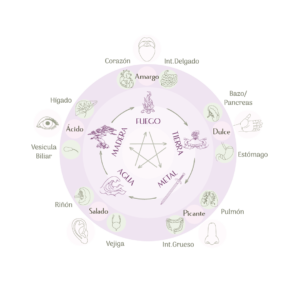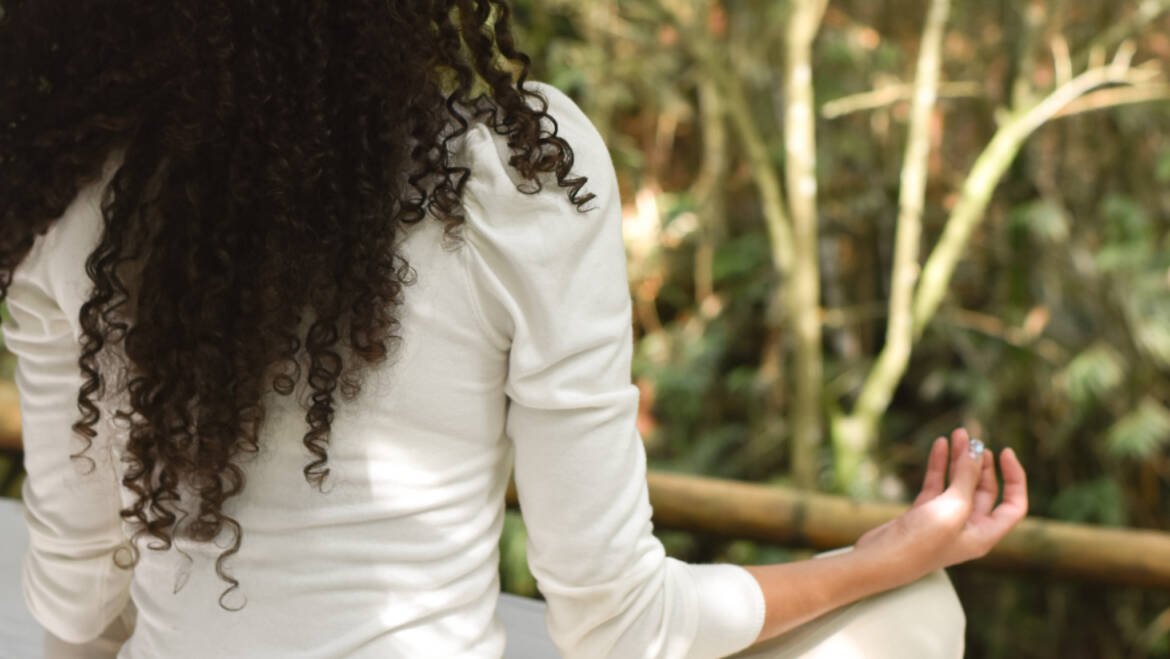Taoism and Oriental Medicine (Traditional Chinese Medicine)
In Asia, the Tao (Dao) or path is seen from different perspectives, some from the religious, another from the esoteric and mysterious and others from the philosophical appreciation and applicable to everyday life or the understanding of natural behaviors.
All these series of variants or concepts have contributed both to science and medicine since if we look closely it teaches us a variant of physical and tangible and undeniable principles in the creation of ideas and projects.
In our own SHENG philosophy we receive all this information as a practical and useful way to cultivate well-being for the body, mind and spirit accompanied by Oriental Medicine.
How is the Tao born?
It dates back to ancient Chinese sages and philosophers, such as Laozi, considered the founder of Taoism, and Zhuangzi, one of its main exponents.
These thinkers explored the nature of the universe, harmony and balance, and established the foundations of Taoism as a philosophy of life.
These wise men discovered the existence of energy channels called meridians, along which Qi (Chi, Ki, Prana), the vital energy, circulates. These meridians are connected to the organs and systems of the body, and any imbalance in the flow of Qi can lead to illness and disease.
Taoism provided the conceptual framework for understanding and treating these energetic imbalances. Ancient Taoist doctors developed techniques and therapies, such as acupuncture, which are based on the insertion of needles into specific points on the meridians to regulate the flow of Qi (Chi, Ki, Prana) and restore harmony in the body.
Ancient traditional 氣 Qì
气Qì in Simplified Chinese
Taoist medicine also believes that the mind and body are interconnected, and that emotional and mental imbalances can affect physical health. Therefore, meditation and internal cultivation practices are used to calm the mind, balance emotions, and promote greater connection with the natural flow of life energy.
Today, Eastern medicine and its principles have spread widely throughout the world, and many practitioners and therapists continue to explore and apply this knowledge to promote holistic well-being.
What is the Tao and its relationship with Oriental Medicine?
Tao is an ancient philosophy and spiritual tradition originating in China that encompasses a holistic view of life and health. At the heart of Taoism is the concept of Tao, the fundamental principle that represents the primordial energy and universal force that flows through everything.
In the context of Eastern medicine, Taoism plays a vital role, as Taoist principles and teachings have greatly influenced the way traditional Chinese medicine is understood and practiced.
By exploring the intersection between Taoism and traditional Eastern medicine, we embark on a fascinating journey toward balance, harmony, and holistic well-being.
How to take advantage of Tao philosophy in the application of pathological disorders?
The concept of balance in traditional Chinese medicine is based on the observation of nature and its inherent ability to maintain harmonious order. By studying how nature resolves imbalance problems, such as pest control, Eastern medicine practitioners have applied that principle to understanding imbalances in the body and mind.
Rather than taking a direct combat approach against a disease or illness, this medicine seeks to understand the underlying causes and imbalances that generate it. Instead of temporarily suppressing symptoms, the aim is to identify the roots of the disease and facilitate its gradual and natural elimination.
This approach is based on the principle that the body has an innate ability to heal itself. Eastern medicine provides the conditions and tools necessary for the body to self-regulate and heal. It is believed that by creating a suitable and balanced environment, the self-healing process is facilitated, allowing the body to restore its state of harmony.
The theory of yin and yang and qi play a fundamental role in understanding this balance. Yin and yang are two opposite but complementary forces that exist in all things. In the body, they manifest as complementary aspects, such as calm and activity, cold and warm, internal and external. Qi, or vital energy, (prana, ki, chi) flows through the meridians, which are the energy channels that run through the body and organs.
In traditional Chinese medicine, imbalances in yin and yang, as well as the flow of qi, are considered to be the cause of many diseases and illnesses. Therefore, the therapeutic approach is aimed at balancing these forces and ensuring a harmonious flow of energy in the body. This is achieved through the use of techniques such as acupuncture, herbal medicine, proper nutrition, exercise and meditation practices.
In addition to Qi and meridians, Eastern medicine is based on the principles of the five elements and organ theory. The five elements (wood, fire, earth, metal and water) represent different aspects of nature and the human body. Each element is related to a specific organ and emotion. The balance between elements is essential for comprehensive health.
Organ theory in Eastern medicine differs to some extent from Western anatomy. Organs are not considered isolated entities, but are interconnected and have broader functions than just their physical structure.
From Traditional Chinese Medicine, each organ has emotional, energetic and functional associations that influence its state of health, as can be seen in the next table.



Add Comment